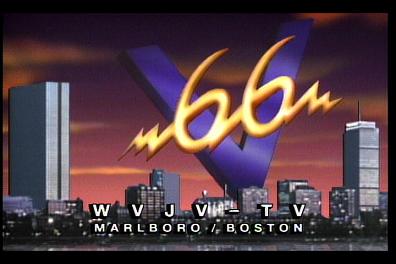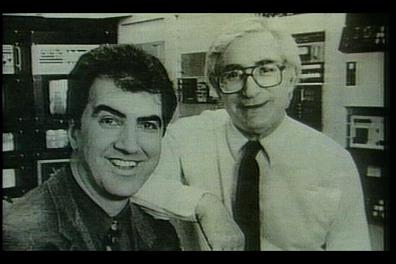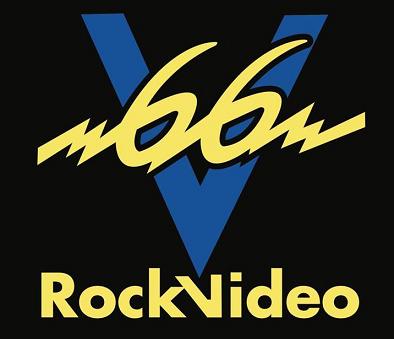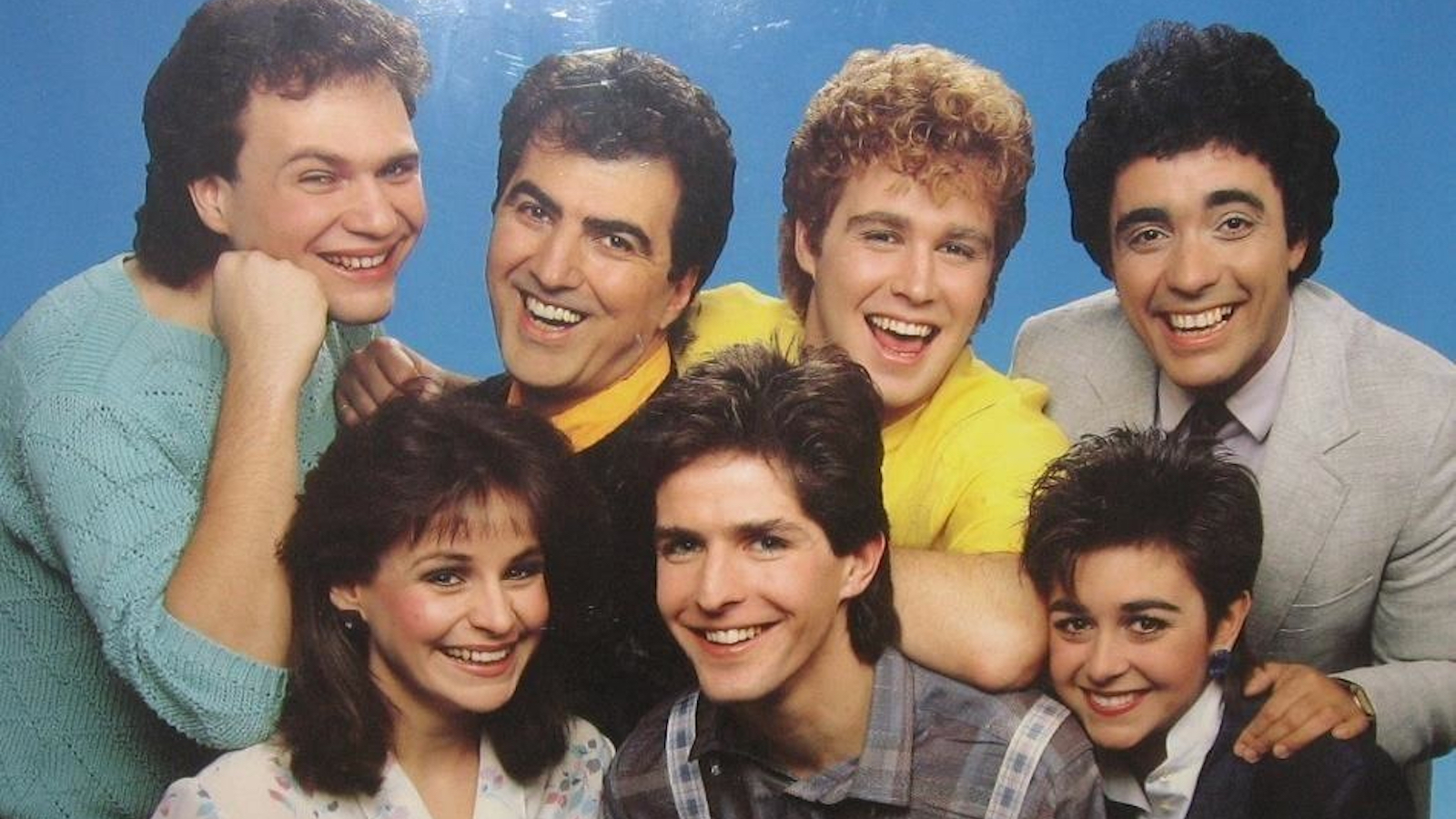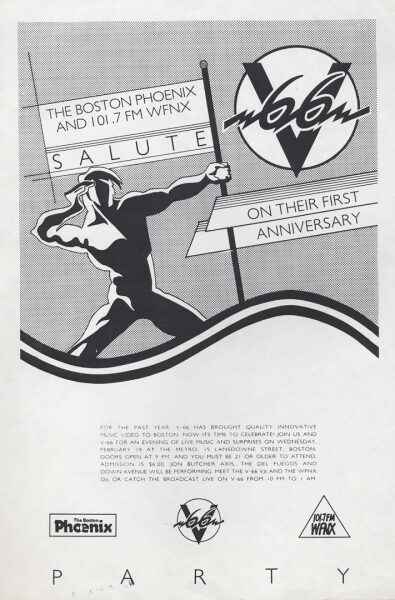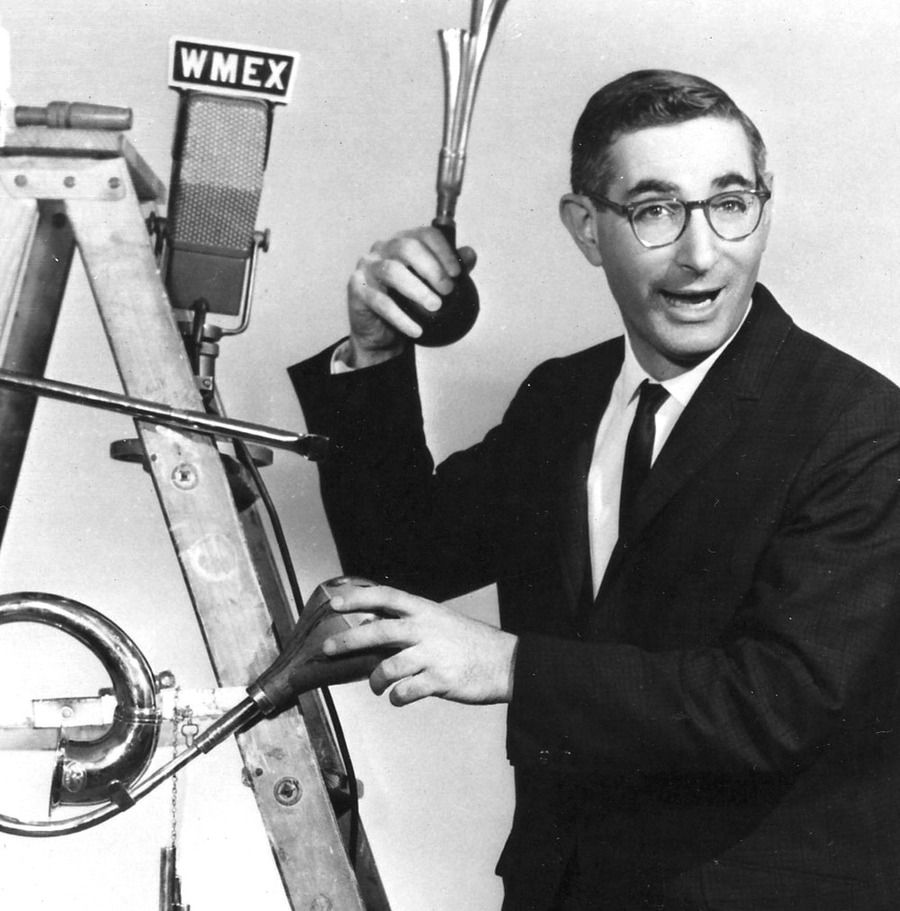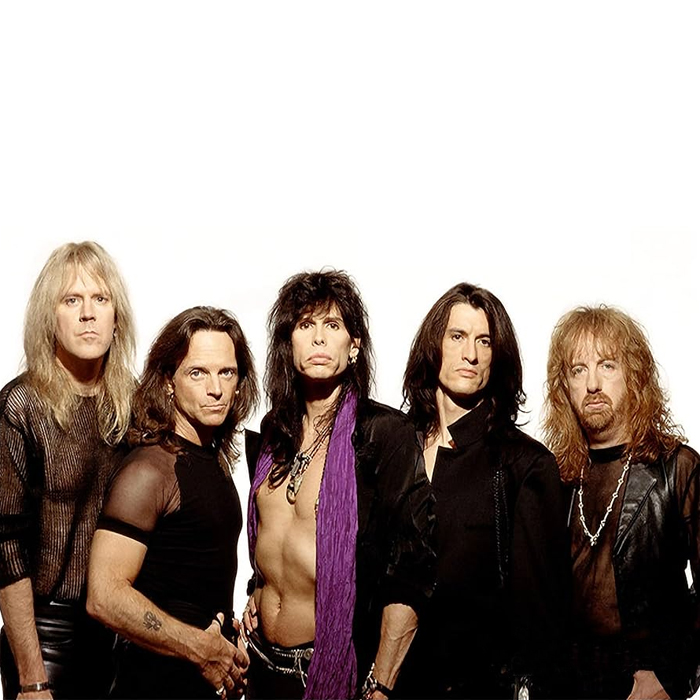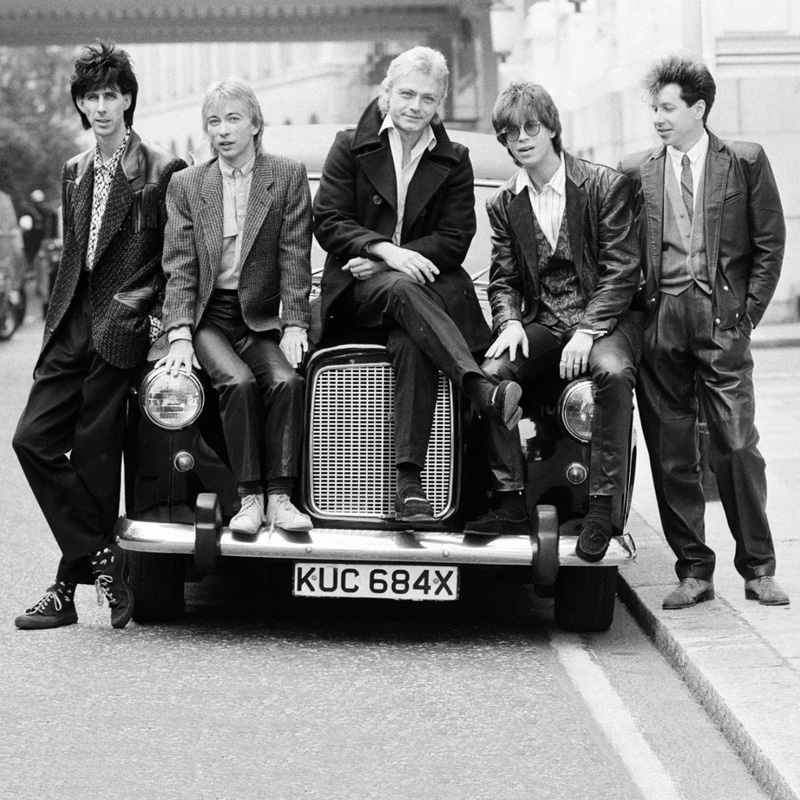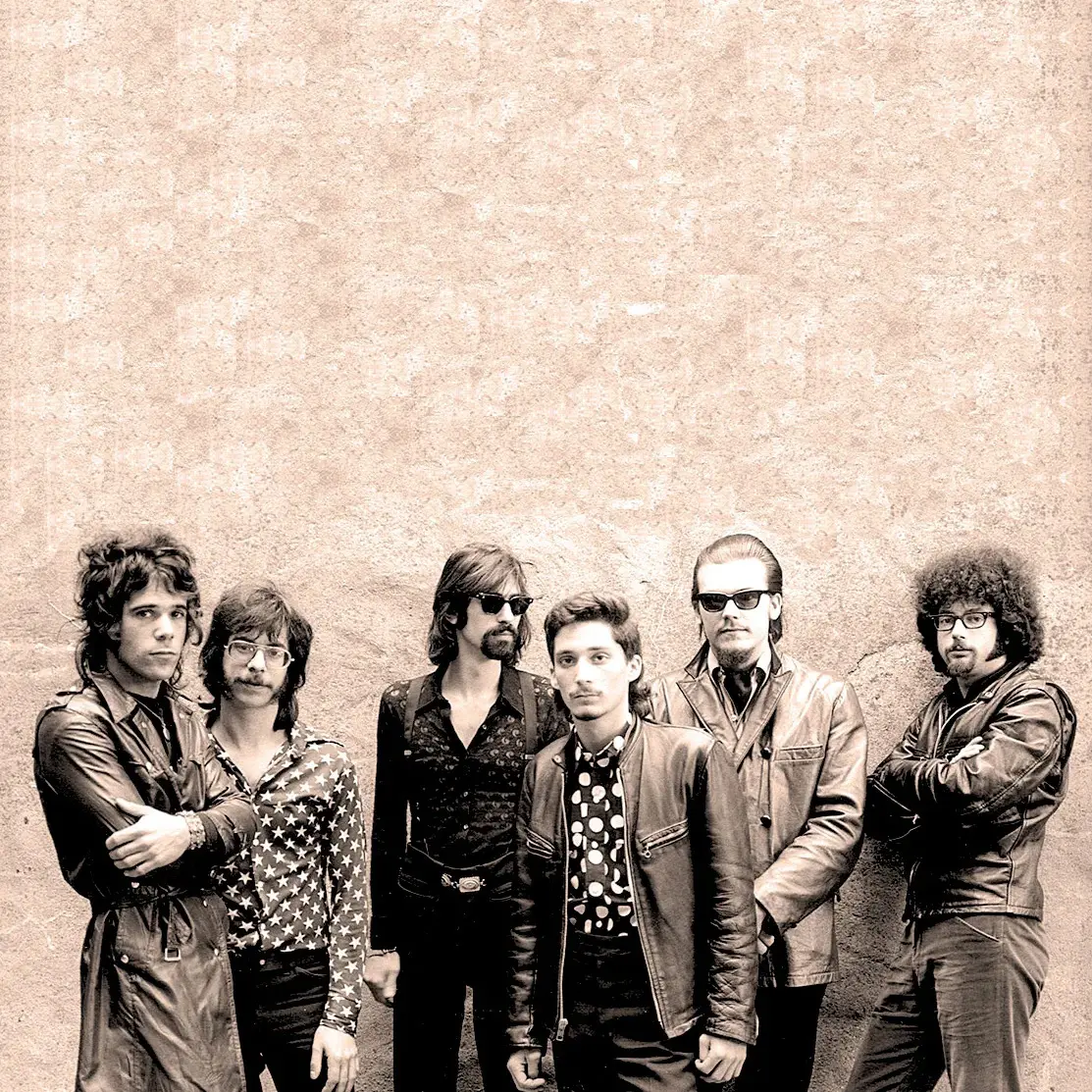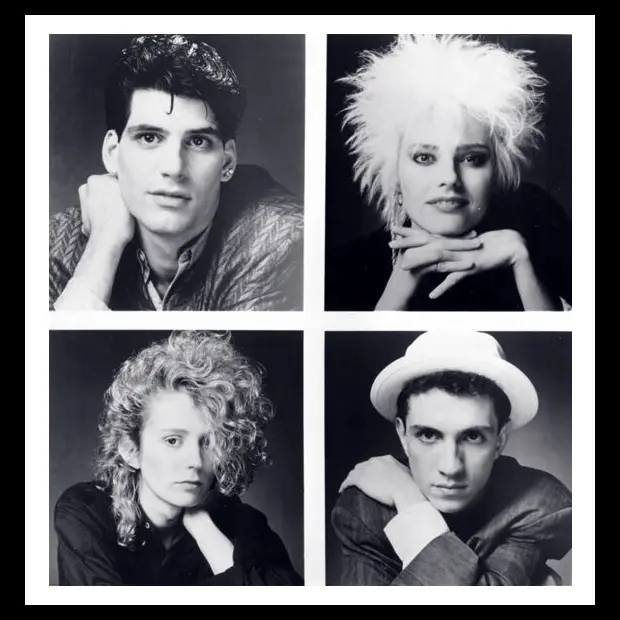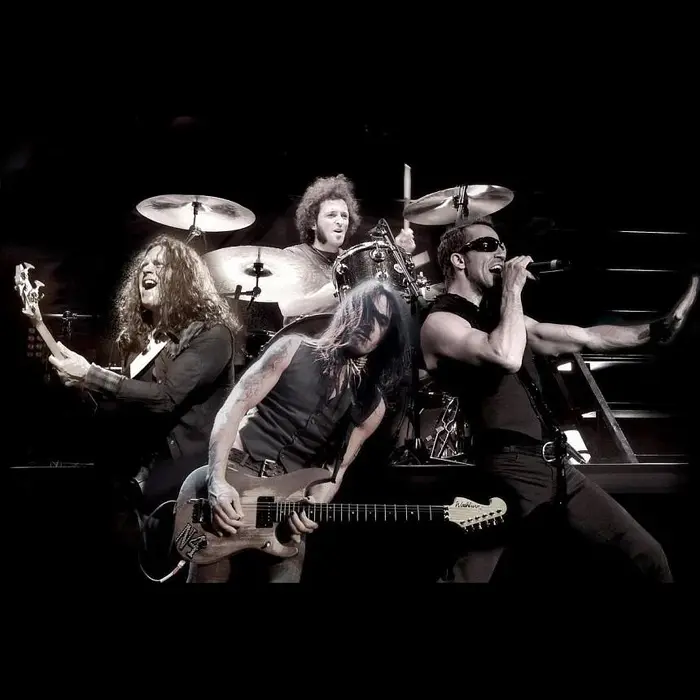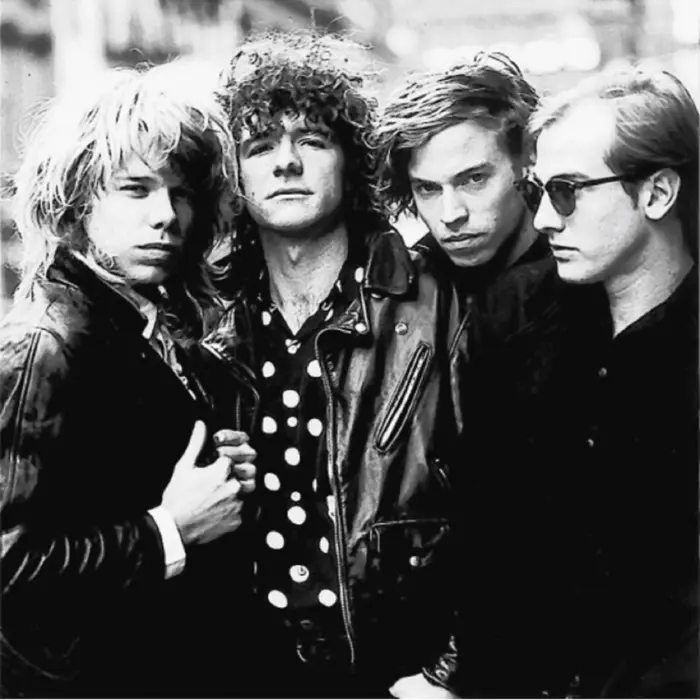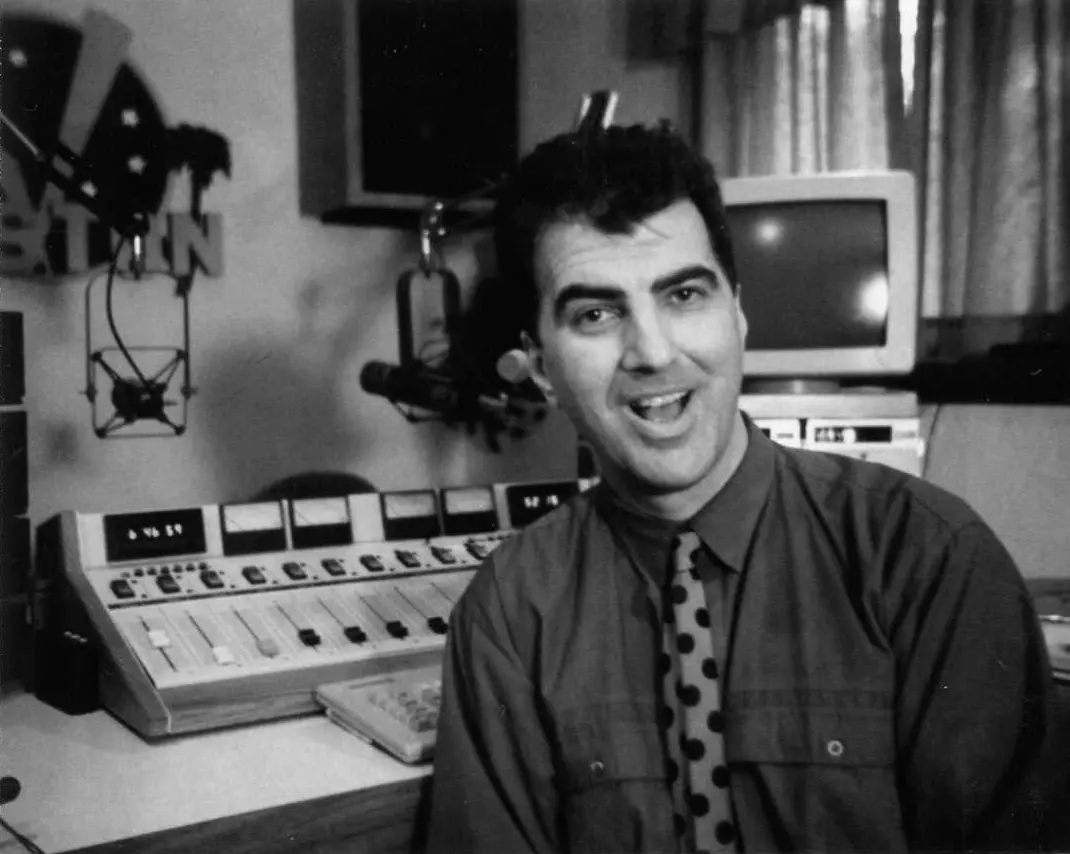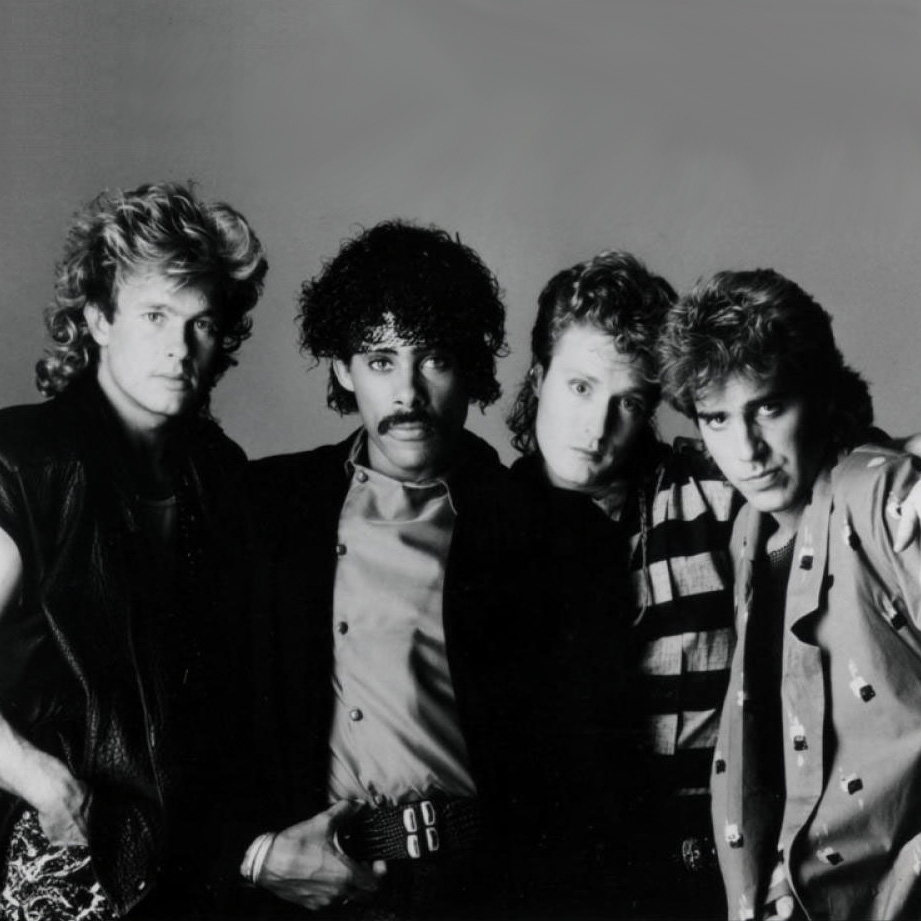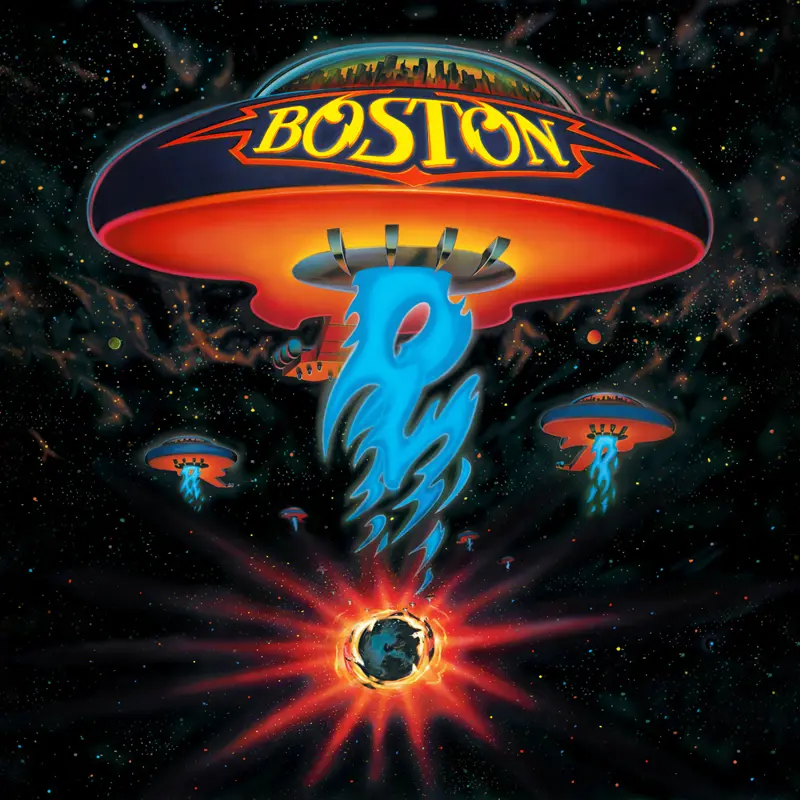V66, WVJV-TV
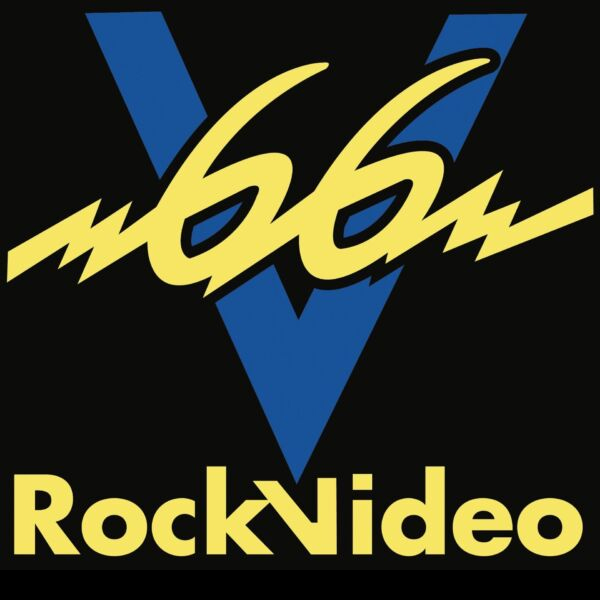
In February 1985, three and a half years after MTV debuted and revolutionized the music business, WVJV-TV premiered on homes across New England. Based in Framingham, Massachusetts (with a transmission tower in nearby Hudson) and promoted as “V-66, the Beat of Boston,” the station aired “Abracadabra” by The Steve Miller Band as its first video.
Created by radio legends John Garabedian (veteran of WORC, WMEX, WGTR, and WBCN, among others) and Arnie “Woo Woo” Ginsburg (veteran of WBOS, WMEX and WRKO, among others), V-66 wasn’t going to be just another TV channel; it was going to be radio on TV. MTV had premiered in August 1981, but cable was still just starting to become available in much of New England in 1985 and V-66 was a completely free, broadcast on a UHF channel that anyone in the region could watch.
Combining their decades of collective experiences in radio, Garabedian and Ginsburg sought to combine the programming of local stations KISS 108 (top 40) with WBCN (mainstream rock) in order to maximize viewership for the new channel, which was a significant financial gamble. VJs David O’Leary, Perry Stone, Mary Jo, Ian O’Malley and Bill Stephens did their best to give viewers what they wanted to see and hear.
SHOWCASING STARS, UP-AND-COMING ACTS
At the time that V-66 premiered, Boston was already a bastion for great music because some of the best-known national, even international acts had formed in the city, among them Aerosmith, Boston, The Cars and The J. Geils Band. V-66 was in the right place at the right time to showcase them along with the slew of up-and-coming local bands, among them ‘Til Tuesday, Jon Butcher Axis and The Del Fuegos, to name a few.
Several local groups without record deals were able to produce music videos and. if they were of good enough quality, V-66 would gladly play them between videos featuring the era’s superstar, such as Madonna, Prince and Van Halen. The variety of music – major and indie labeled, old and new, rap and rock, metal and disco – appealed to music fans across the six-state region.
LIVE AID, OTHER CONCERTS, EXPANSION, HOME SHOPPING ACQUISITION
In July 1985, V-66 was the only non-cable TV channel in the US besides ABC to broadcast the historic Live Aid concert. They also aired live events and concerts all over the Boston area. The fans on the street, dancing at the clubs and calling in to win contests became as much a part of the channel as the music being played. V-66 had an immediate impact on the Boston community, as well the music industry itself. In 1986, in an attempt to increase ratings (which were measured by 30 and 60 minutes blocks and not by three-, four- or five-minute music video blocks), V-66 increased its programming with magazine shows, sports highlights, music profiles and syndicated programs.
In the summer of 1986, however, after several attempts to keep it going, V-66 was acquired by the Home Shopping Channel. In September 1986, just 18 months after launching as a music-video channel, V66 signed off and Home Shopping took over its air airwaves. As an indication of its significance, in 2008 production began on the documentary Life on the V: The Story of V-66, directed by the author of this piece.
(by Eric Green)

